By Mark McConville
INCREDIBLE images, featured in a new book, have offered a unique insight into British Army training and weapons.
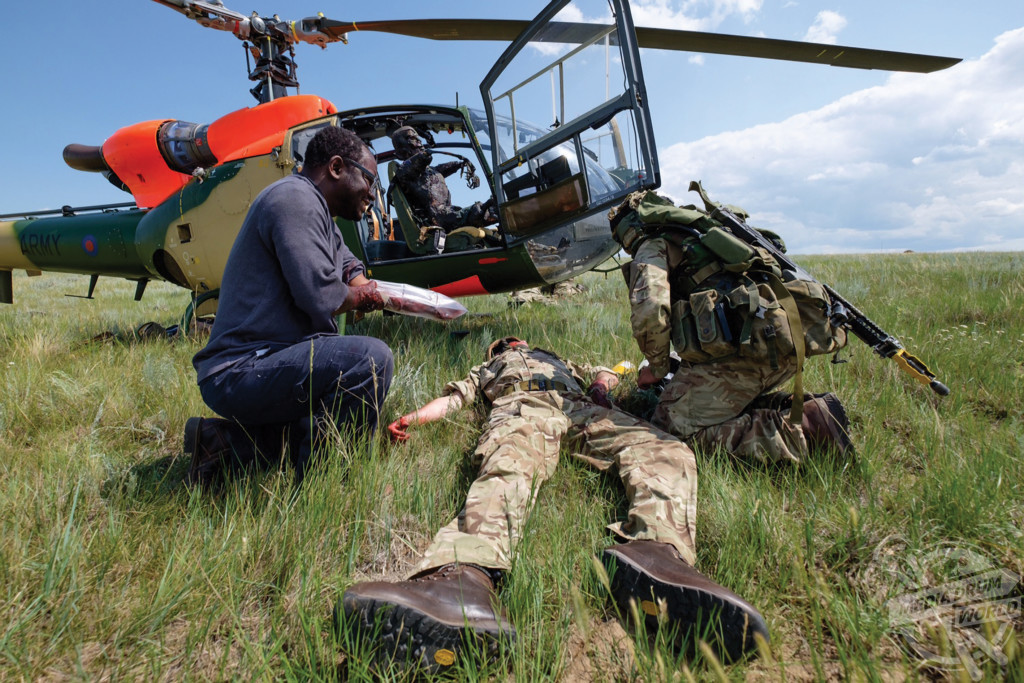
Mediadrumimages / Guy Warner
The stunning pictures show an Apache helicopter firing a missile, two local Native American chiefs enjoy sitting in a Sioux at an Open Day and a hue dust cloud rising from an explosion on the training range.
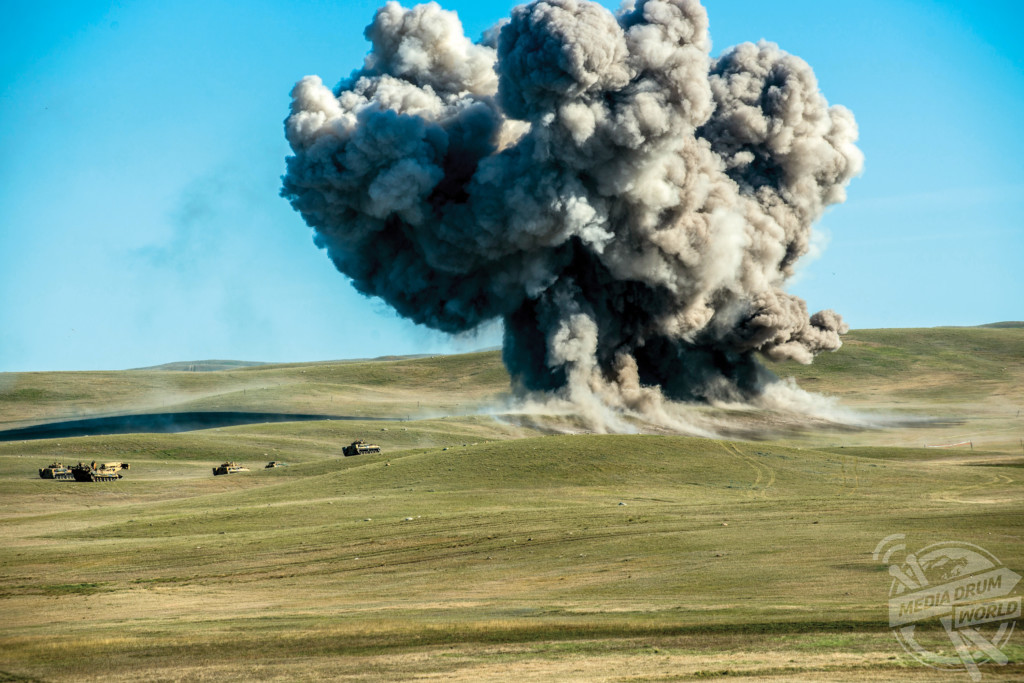
Mediadrumimages / Guy Warner
Other striking shots show crew posing alongside Canadian police after their helicopter helped locate a marijuana crop along the South Saskatchewan River in 1979, a Gazelle helicopter being dwarfed by spectacular mountain scenery and a FV101 Scorpion out on the prairie being over flown by a Gazelle.
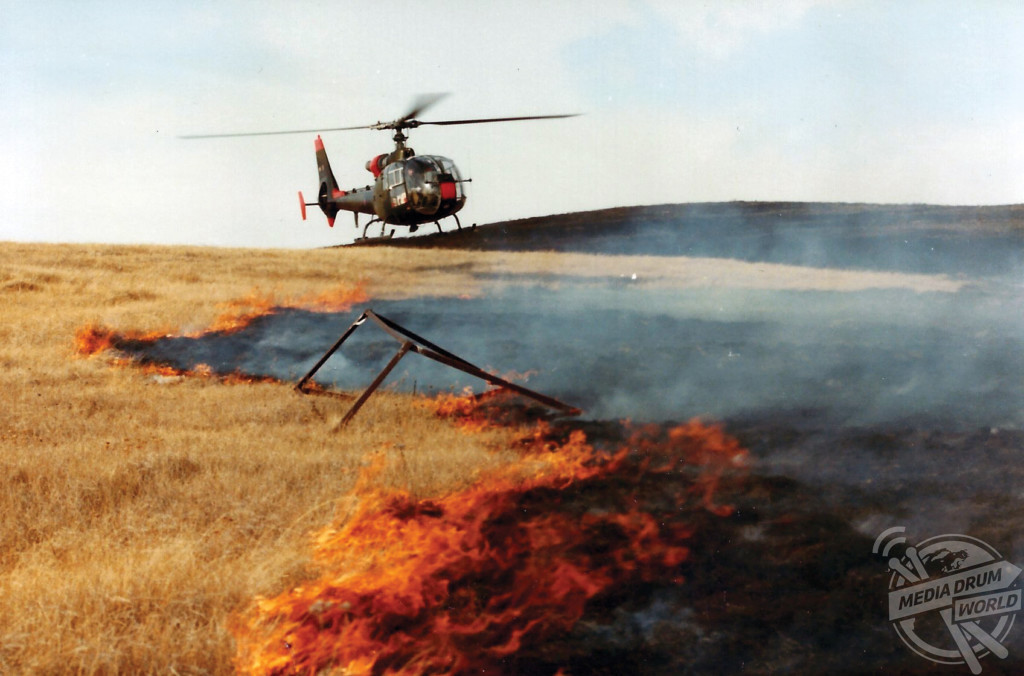
Mediadrumimages / Guy Warner
The remarkable photographs are showcased in former Ministry of Defence civil servant Guy Warner’s new book, British Army Training in Canada, which is published by Fonthill Media.
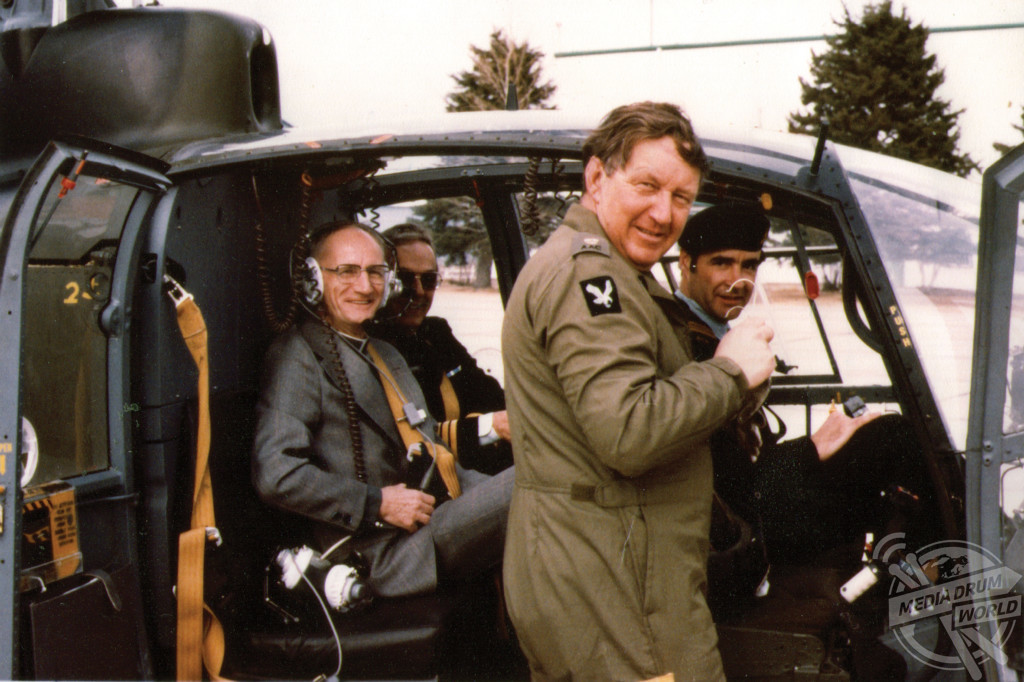
Mediadrumimages / Guy Warner
“British Army Training Unit Suffield (BATUS) is situated in Alberta, Canada, amidst the dry, semi-barren, rugged and undulating prairie where the Blackfoot, Cree and Sioux tribes once hunted buffalo and engaged in combat,” he writes.
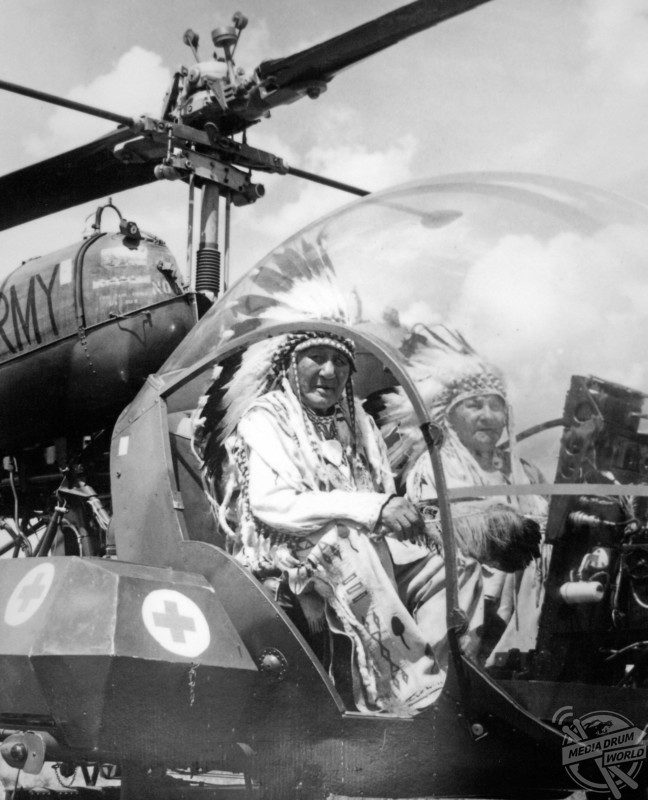
Mediadrumimages / Guy Warner
“The training area measures 39 miles west to east and 32 miles north to south with a total area of 1,038 square miles. It is slightly larger than Luxembourg and seven times the size of Salisbury Plain.
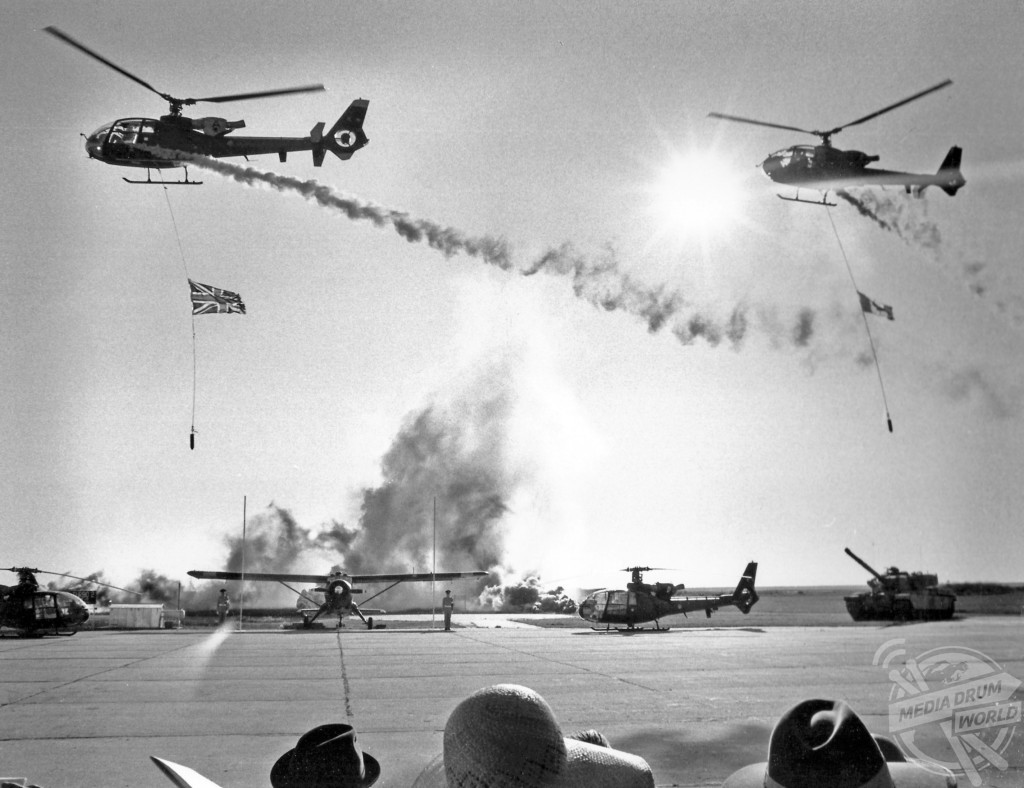
Mediadrumimages / Guy Warner
“The prime purpose of BATUS is to provide realistic all-arms, battle group manoeuvre training with live firing. Four major ‘Prairie Storm’ exercises are held every year between April and October, involving infantry, armour, artillery, aviation and support arms. Up to 2,500-3,000 personnel may be on the ground, along with as many as 1,200 vehicles of all types from main battle tanks to 4x4s.
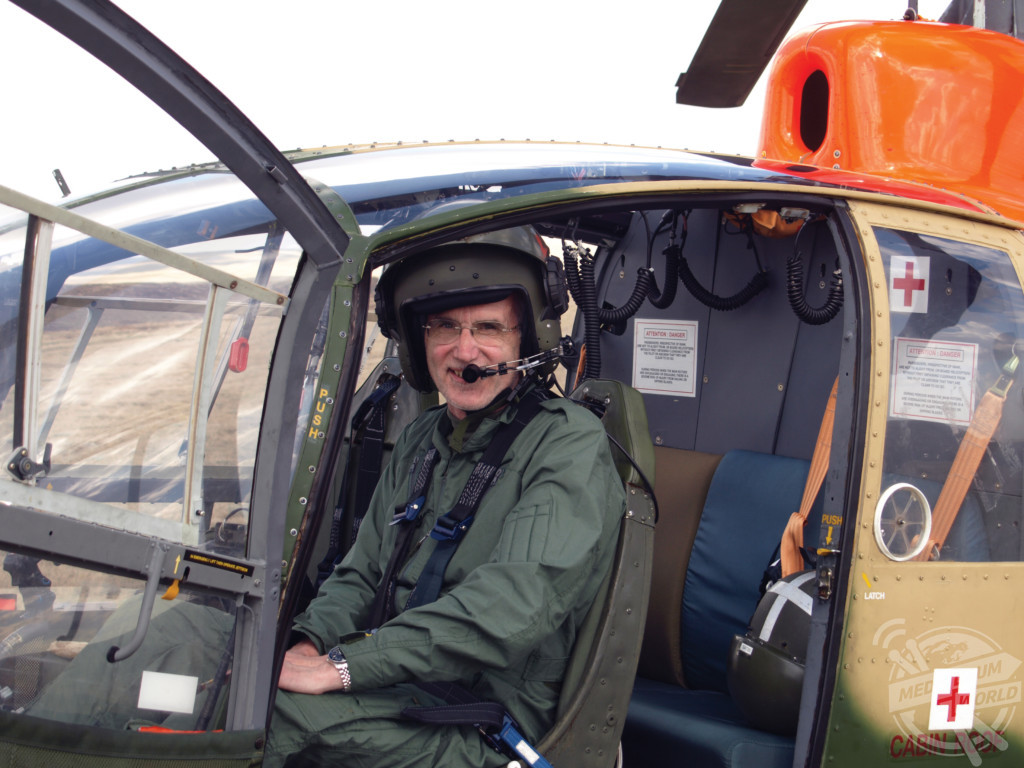
Mediadrumimages / Guy Warner
“BATUS was formally established in 1972, making up for the loss of training areas in Libya in 1969. Right from the start, it was envisaged that there would be an Army Air Corps element. The original aircraft were replaced by Westland AH1 Gazelles in 1977 and they continue in service 40 years later.”
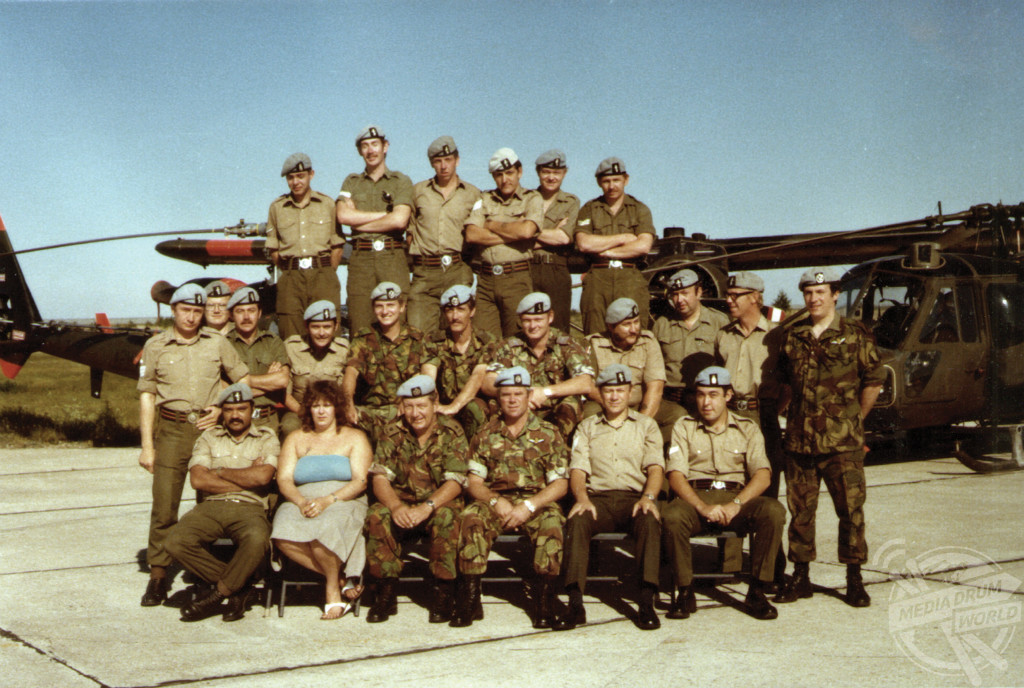
Mediadrumimages / Guy Warner
The training exercises, which run for about 30 days, are split into two phases – Live Fire and Tactical Effects Simulation (TES), then a second phase with a live enemy.
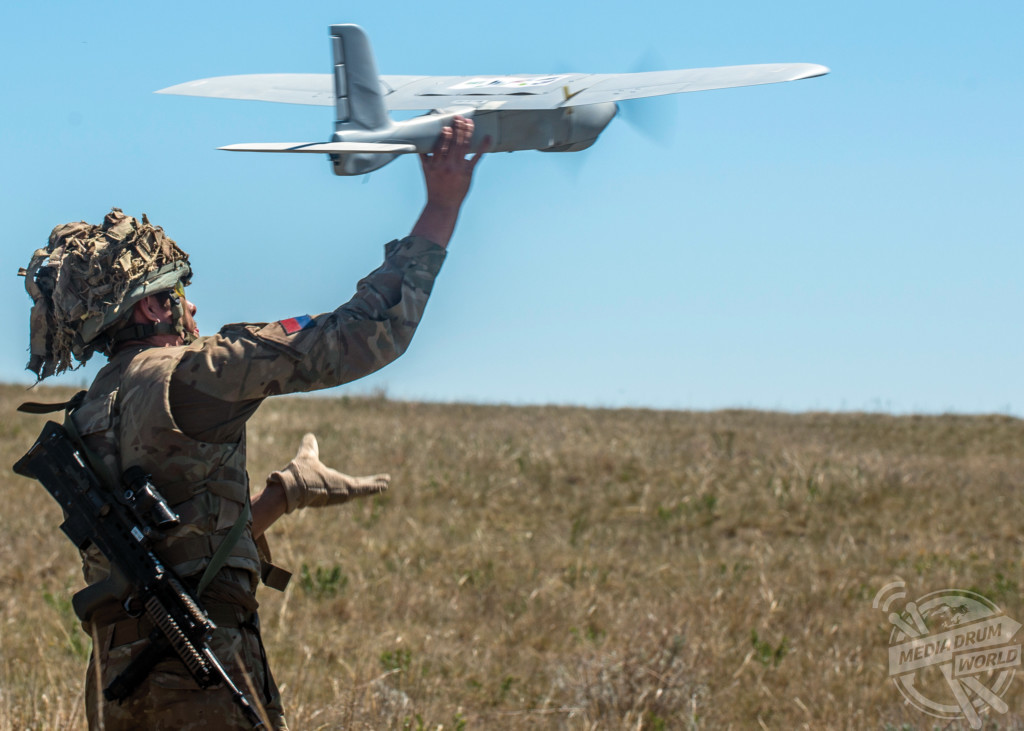
Mediadrumimages / Guy Warner
The TES system identifies when vehicles have been fired at and damaged or destroyed and also informs soldiers when they are being fired at and if hit what injuries they have sustained.
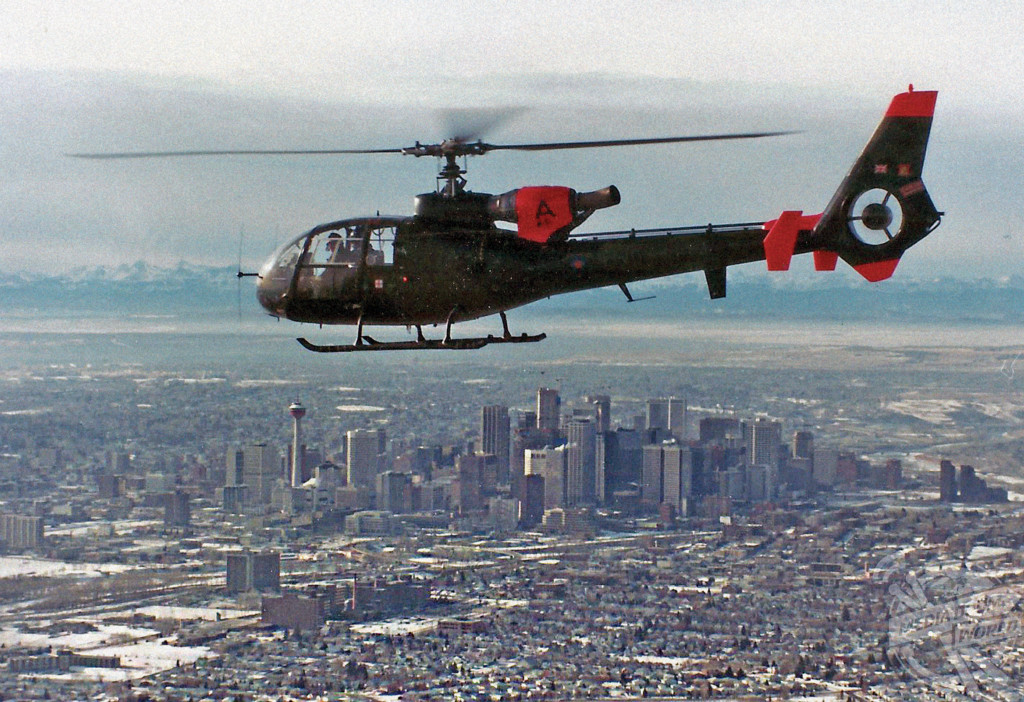
Mediadrumimages / Guy Warner
The duration of the exercises, and size of the training area, allow all elements of a combined arms battle group – infantry, armour, artillery, engineers, air defence, logistics and equipment support – to conduct realistic live firing training at all levels and to practice sustaining this activity over a long period of time.
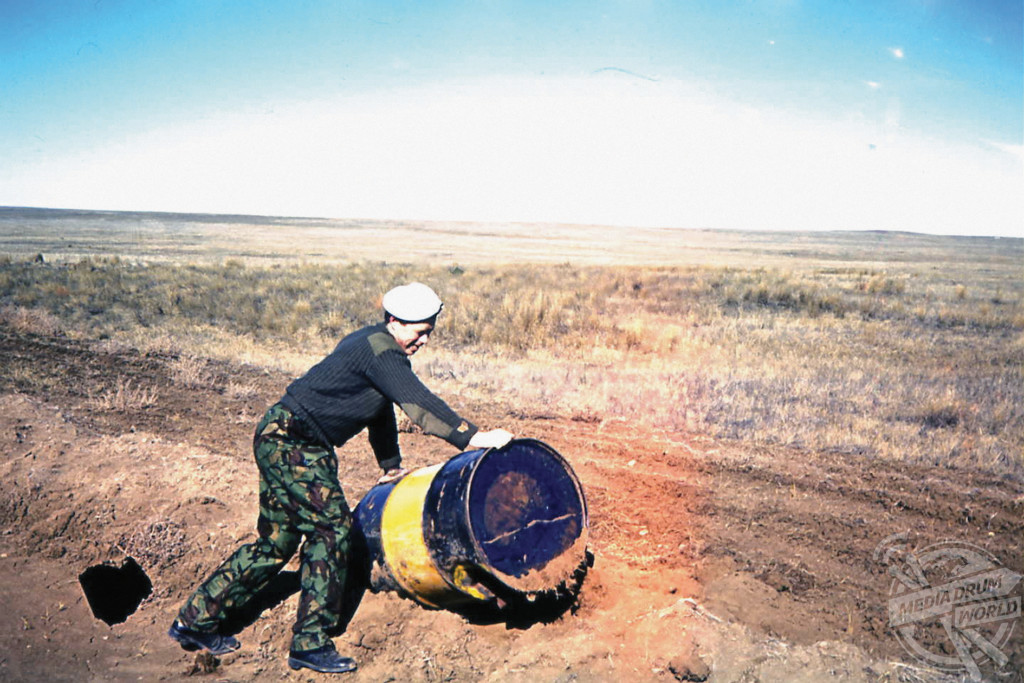
Mediadrumimages / Guy Warner





